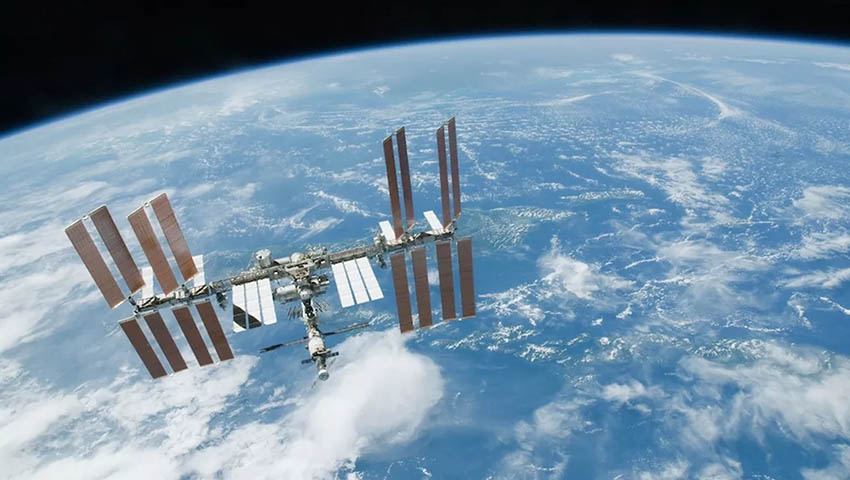The Orbit Fab experiment involved a pair of CubeSats, one transferring water to the other, inside the ISS, a process overseen by NASA astronaut Christine Koch.
That was then transferred to the station’s onboard water supply, the first time a private payload had supplied the station water in this manner.
This wasn’t a big amount of water, just a few litres, but it successfully demonstrated Orbit Fab technology and its ability to transfer water between two satellite testbeds.
Curiously, Orbit Fab called its experiment Furphy, Australian slang for an unsubstantiated rumour or improbable story.
Furphy and Sons made water carts, around which Australian soldiers congregated, in Australia and then during the Gallipoli and subsequent campaigns of WWI to swap stories and rumours. The name has endured.
“The Furphy mission has allowed us to test the viability of refueling satellites in orbit," said Jeremy Schiel, co-founder and chief marketing officer of Orbit Fab.
He said the trial was intended to measure effectiveness of the company's propellant transfer technology in microgravity and its ability to handle issues such as sloshing.
This test used water but Orbit Fab said the same technology could be used to transfer common propellants such as hydrazine and even xenon for electric propulsion systems.
Ken Shields, chief operating officer of the ISS National Laboratory, said the test demonstrated NASA's flexibility and desire to accommodate private sector clients who are utilising the ISS US National Laboratory as a stepping stone to an industrialised low-Earth orbit.
Central to Orbit Fab technology is the company’s Rapidly Attachable Fluid Transfer Interface (RAFTI), which is designed to allow reliable propellant in zero gravity and vacuum.
In-space refuelling is a very significant and promising capability, which could be used to support future global space operations and extend the life of expensive satellites once they have exhausted their onboard fuel supply.
A number of companies are developing refuelling technology. One issue is that current satellites were never designed to be refuelled and aren’t equipped with any orbital refuelling capability.
Northrop Grumman’s Mission Extension Vehicle (MEV) plans to get around that by docking with low on gas satellites and using its large onboard fuel reserves for satellite manoeuvring and station keeping.
Northrop Grumman, though its new company Space Logistics, already has a client, Intelsat for its first two MEV missions, with the first planned for launch later this year.
The next big step for in-orbit refuelling is global adoption of a standardised refuelling interface that could be fitted to future satellites.

